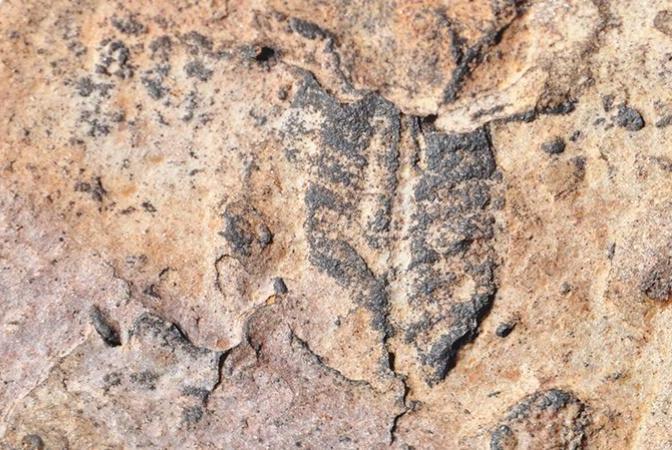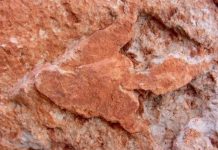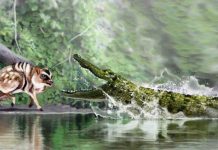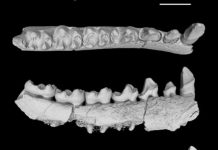
Jan. 8 (UPI) — New analysis of ancient fossils suggests complex, multicellular life emerged on land much earlier than previously thought.
The fossil imprints are sandwiched between thin layers of ancient sediment, South Australian sandstone deposits dating to between 542 million to 635 million years ago — the geologic period known as the Ediacaran.
“These Ediacaran organisms are one of the enduring mysteries of the fossil record,” Greg Retallack, fossil collections director at the University of Oregon’s Museum of Natural and Cultural History, said in a news release. “Were they worms, sea jellies, sea pens, amoebae, algae? They are notoriously difficult to classify, but conventional wisdom has long held that they were marine organisms.”
Using new geochemical and microscopic imaging tools, scientists re-examined the sediment layers. Their structural pattern suggests the layers were created by ancient wind erosion. The alternating layers of finer white grains and larger-grained brown and red sediments form a pattern called interflag sandstone laminae, an arrangement most typically associated with river banks, not marine environs.
“Such wind-drifted layers are widespread on river levees and sandbars today,” Retallack said. “They are present throughout the Flinders Ranges of South Australia and also in Ediacaran rocks of southern Namibia.”
If the sediment layers were indeed deposited on dry land, it would suggest the organisms trapped within the alternating layers were land-dwellers.
The Ediacaran fossils are still resistant to classification, but the latest research may offer new clues to the behavior and ecologies of the strange species.
“The investigation points to a terrestrial habitat for some of these organisms, and combined with growing evidence from studies of fossil soils and biological soil crust features, it suggests that they may have been land creatures such as lichens,” Retallack said.
The new research was published in the January print edition of the journal Sedimentary Geology.





